If you own an all-terrain vehicle (ATV) or utility terrain vehicle (UTV), then having appropriate ATV insurance is critical. Not only can insurance protect you (and your wallet) in case of accident or injury, but depending on where you live, it might be required by law.
Often, ATV insurance falls under the category of motorcycle insurance. For those looking to take out an ATV insurance policy, it’s important to know what the costs of coverage generally look like — as well as what factors can impact your premiums. In many cases, you may be eligible for various discounts that can lower the costs of your ATV and UTV insurance.
If you’re on the hunt for UTV or ATV insurance coverage, this guide can help. Learn about the average costs of ATV insurance, factors affecting your premiums, common discounts, and more below.
On this page:
Based on our collection of quotes, the average ATV insurance cost is about $100. 47 per month for a standard policy. This price can vary anywhere from $40.75 to $237.77 per month, depending on your desired level of coverage.
To obtain our quotes, we used the following details:
Here’s how each insurance premium quote varied by company:
| Company | Quote (Monthly) |
| Markel | Basic = $40.75 Standard = $53.42 Enhanced = $84.75 |
| Progressive | Basic = $47 Standard = $61.50 Enhanced = $69.33 |
| Nationwide* | Basic = $69. 75 75Standard = $93.17 Enhanced = $134.25 |
| Allstate* | Basic = $103 Standard = $114 Enhanced = $135 |
| GEICO | Basic = $145.37 Standard = $180.24 Enhanced = $237.77 |
| Average | Basic = $81.17 Standard = $100.47 Enhanced = $132.22 |
*Discounts were automatically added at checkout. The other insurers listed did not disclose any automatically added discounts.
Note: Not all issuers offer the same coverage levels. For this reason, we focused on mentioning the level of coverage (basic, standard, enhanced) rather than listing specific amounts.
Generally, the more ATV insurance coverages you select, the more reimbursement you want, and the lower your deductible, the higher your premium will be. The most comprehensive insurance policies with the lowest deductibles tend to be the most expensive.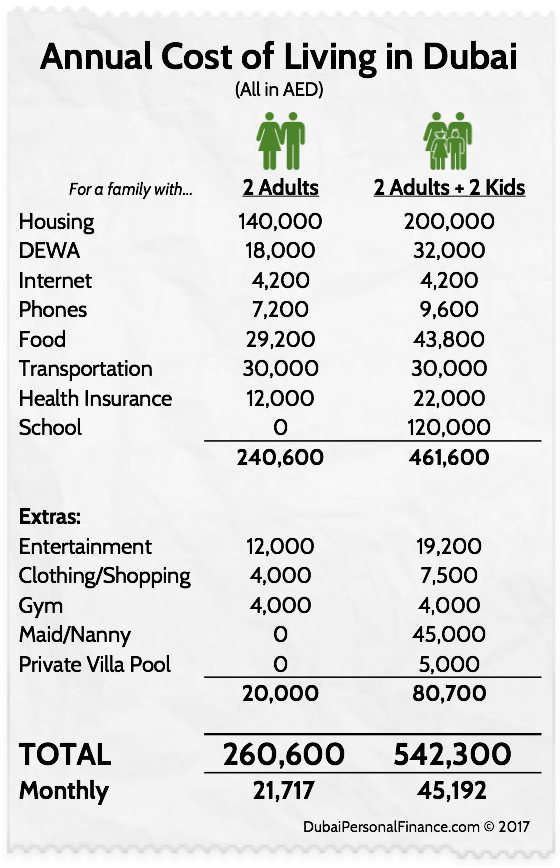
Below, you’ll see various coverage options through Allstate. The basic insurance policy, which includes the lowest levels of coverage, costs $103 per month. The highest-coverage plan — the enhanced policy — is $135 per month.
| Coverage | Basic Policy | Standard Policy | Enhanced Policy |
| Bodily Injury | $30,000/person $60,000/accident | $100,000/person $300,000/accident | $250,000/person $500,000/accident |
| Property Damage | $25,000/accident | $50,000/accident | $100,000/accident |
| Medical Payments | $1,000/person | $2,500/person | $5,000/person |
| Uninsured or Underinsured | $30,000/person $60,000/accident | $100,000/person $300,000/accident | $250,000/person $500,000/accident |
| Collision and Comprehensive | $500 deductible | $250 deductible | $100 deductible |
| Quote | $103/month | $114/month | $135/month |
When looking for any type of auto insurance, it’s essential to strike a balance between affordability and appropriate coverage. Monthly cost matters, but remember: If you’re in an accident, the amount of coverage will determine how much you’ll spend out of pocket, so this is an important factor as well.
Monthly cost matters, but remember: If you’re in an accident, the amount of coverage will determine how much you’ll spend out of pocket, so this is an important factor as well.
In addition to coverage, several other factors can impact your ATV auto insurance rates.
As you can see above, the type and amount of coverage you choose can significantly impact your insurance premiums. Additionally, some factors influence cost, including things like:
 If you’re riding your ATV or UTV to work each morning, or you plan to drive it 10,000 miles this year, you’ll probably pay a bit more.
If you’re riding your ATV or UTV to work each morning, or you plan to drive it 10,000 miles this year, you’ll probably pay a bit more.Unhappy with a quote you’ve gotten? Because there are so many factors that play into ATV insurance premiums, there are quite a few steps you can take to reduce your insurance costs.
To get cheaper ATV insurance, you have three options: 1) select less coverage or smaller limits, 2) qualify for a discount, or 3) lower your risk in one of the categories mentioned above.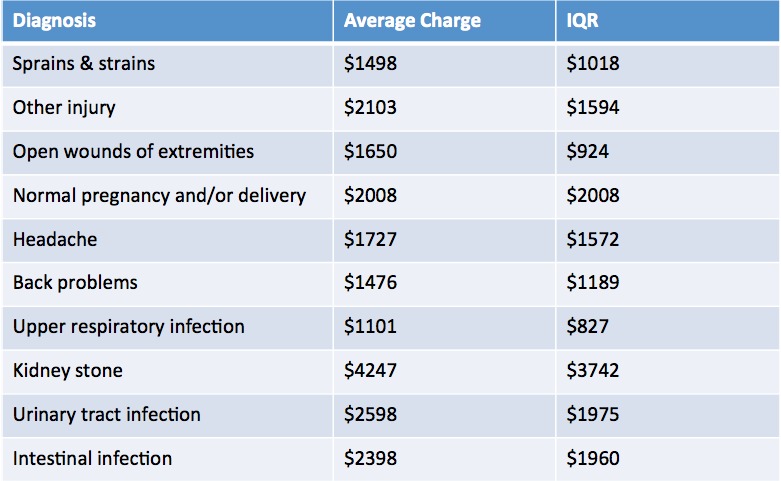 For tips on the two latter options, see below.
For tips on the two latter options, see below.
Insurance companies often offer discounts for policyholders as ways to lower premiums and encourage good habits. Though specific discounts vary by insurer, here are a few common ones we’ve seen for ATV and UTV policies:
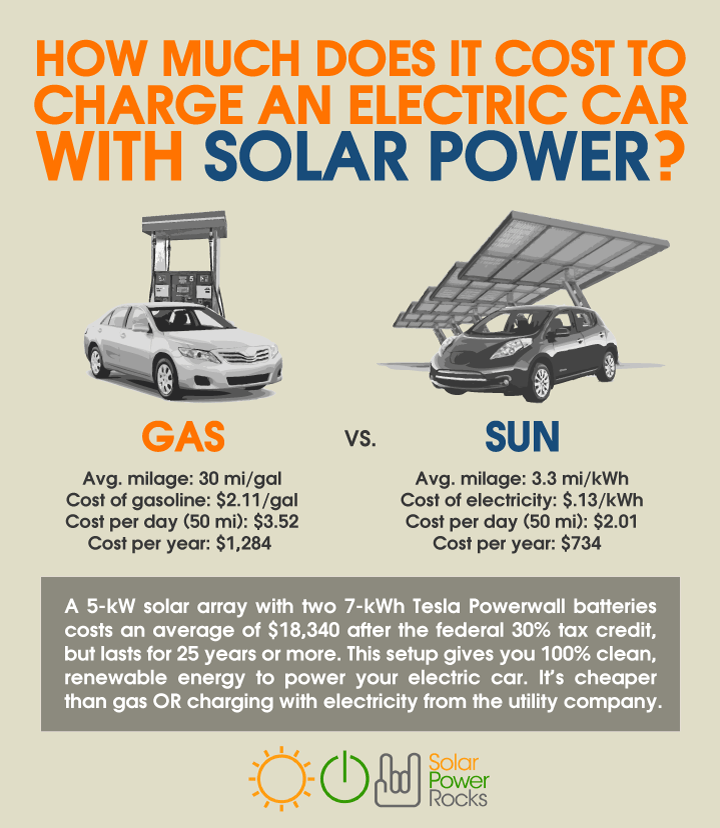
Sometimes, paying your full year’s premium upfront (rather than monthly) can help, too.
You can also lower the risk you present to the insurer in one of the above categories (age, usage, etc.). Some examples include driving safer, taking a driver safety course, occasionally using your ATV, buying a lower-cost vehicle, or not allowing younger drivers on board.
Comparing your options is key when looking to get an ATV insurance policy. Use the table above to get an idea of what coverage costs, and reach out to individual insurance companies for more personalized quotes for your all-terrain or utility vehicle.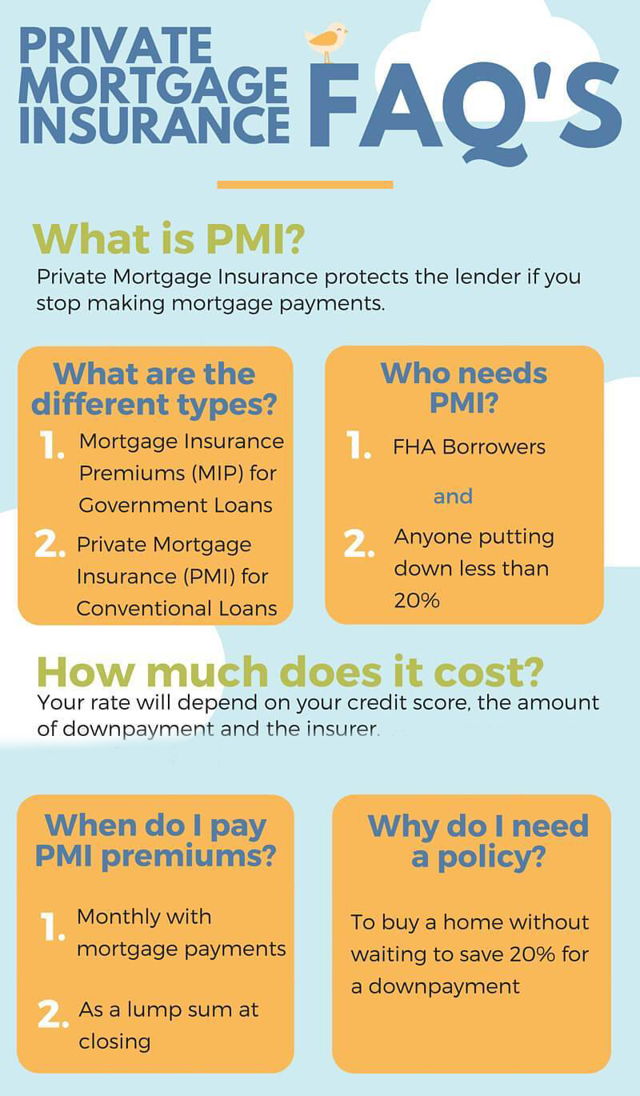
All-terrain vehicles (ATV) can be dangerous to riders and those around them, and expensive to replace if damaged, so owners should consider purchasing ATV insurance. If you want to ride in some places, such as state parks, basic ATV insurance is required by law. Most insurance companies cover ATVs under their motorcycle insurance policies, but rates are generally lower for off-road vehicles. If your vehicle is a UTV, utility vehicle or side-by-side, it is likely considered an ATV for insurance purposes.
Most insurance companies cover ATVs under their motorcycle insurance policies. The process for gathering an online quote for an ATV is identical to that of a motorcycle (or moped or scooter). The only difference is a shopper enters vehicle information for an ATV, instead of a motorcycle. Here are the types of coverage typically included in ATV and side-by-side insurance policies and those that are optional for purchase.
The process for gathering an online quote for an ATV is identical to that of a motorcycle (or moped or scooter). The only difference is a shopper enters vehicle information for an ATV, instead of a motorcycle. Here are the types of coverage typically included in ATV and side-by-side insurance policies and those that are optional for purchase.
Bodily Injury Liability: This coverage pays for damages associated with any other parties injured or killed in an accident associated with your ATV or off-road vehicle. It also covers any legal fees resulting from any litigation against the policyholder. In both circumstances, this part of ATV insurance covers up to the claim limits of the policy. The limits of bodily injury liability are typically an amount per person and a total amount per accident, regardless of the number involved.
To avoid injuries and liability claims related to an ATV, there are a number of things owners can do. Keep your ATV garaged or secured so that only those with permission and supervision can ride it.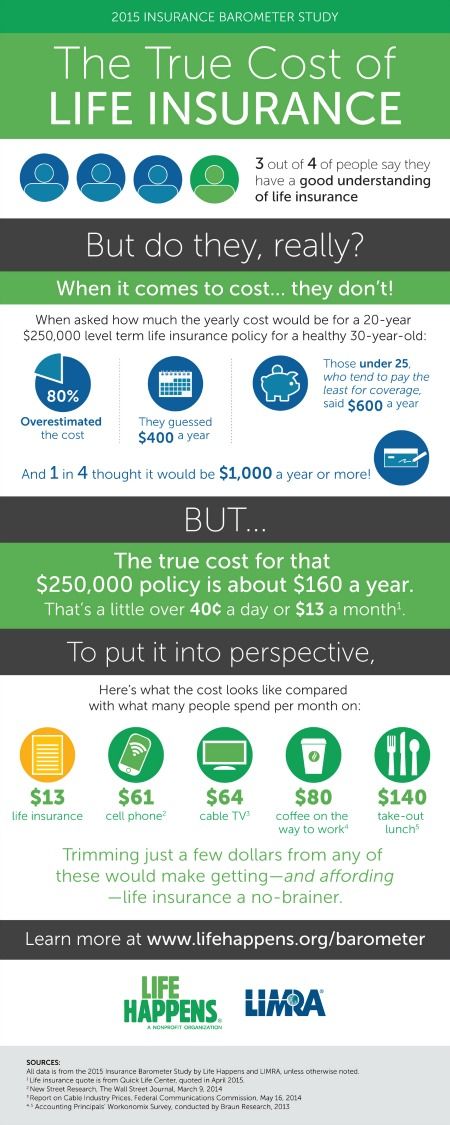 Even if someone does not have permission to ride an ATV, the ATV owner might be found liable for injuries while riding it.
Even if someone does not have permission to ride an ATV, the ATV owner might be found liable for injuries while riding it.
It's important to follow the guidelines for each ATV, since not adhering to them might compromise the vehicle's performance or the rider's. For example, vehicles have weight restrictions—do not overload any haul or cargo. Most four-wheelers are designed for just one person. Make sure the driver is the appropriate size for the ATV. No one should ever operate an ATV under the influence of drugs or alcohol.
Property Damage Liability: Similar to bodily injury liability, this coverage pays for any damage an ATV driver causes to another person's property—including personal property (such as belongings) as well as their home or yard. Property damage liability has a claim limit per incident that is typically as much or lower than the per-person limit of the policy's bodily injury liability insurance. For example, if an ATV or UTV insurance policy has a bodily injury limit of $25,000 per person/per accident, the same policy's property damage limit might be $25,000 or lower.
Medical Payments (Optional): Medical payments coverage pays for any medical expenses incurred by those riding your ATV. It will cover things like surgeries, X-rays, hospital stays and even transportation via ambulance.
Uninsured/underinsured motorist (Optional): In the event you or someone riding your ATV are injured by someone who doesn't have insurance, or not enough of it, this coverage will pay for your expenses. Ideally, if someone else is at fault for your injury or damages, their insurance would cover the costs they are responsible for. However, even when insurance is required by law, some individuals might fail to purchase it.
Uninsured/underinsured coverage for ATV insurance also has claim limits. Like bodily injury liability, uninsured and underinsured motorist coverage has limits per individual and per accident.
Collision (Optional): This coverage pays to repair damage to your ATV caused by a collision with another vehicle or if it overturns. Policyholders choose a deductible—the amount they pay before their insurer begins to cover costs—and the insurance company will cover up to the value of the ATV.
Policyholders choose a deductible—the amount they pay before their insurer begins to cover costs—and the insurance company will cover up to the value of the ATV.
To keep premiums low, the owner of an ATV with a low value might choose to forgo this coverage. You may want to determine how much your ATV is worth before adding it to a policy. Collision coverage is often required of owners who financed the purchase of their ATV or are leasing it.
Comprehensive (Optional): Comprehensive coverage pays for damage not caused by a collision with another vehicle. It also covers loss of the ATV due to theft, vandalism, flooding, earthquake, fire and other causes. Like collision, comprehensive coverage has a deductible. For example, if someone steals your ATV, you could file a comprehensive claim and your insurer would pay up to the cash value to replace it.
Owners and riders need to be aware of circumstances excluded from ATV insurance coverage, either due to higher levels of risk or illegal behavior.
For example, standard ATV insurance policies only cover use for recreational or commuting purposes (such as traveling across your property to a barn or to work). They don't cover loss or damage related to organized racing. Most ATV racing insurance policies are offered by specialty insurers.
Riding an ATV on highways and roads is excluded from insurance coverage because it is illegal. There are few exceptions to this rule. Local government agencies across the U.S. can choose to allow ATV traffic on specific roads and highways, usually within state-owned property, such as large parks or reserves. Signage regarding ATVs is usually clear and obvious—do not assume ATVs are permitted on any highway, road or trail.
ATVs can cross roads or highways but usually only under specific conditions. They must cross at a point designed for vehicles to cross—they cannot simply drive over a median. ATVs crossing any road should come to a complete stop and make sure they are visible to traffic. The only exception to this would be operating an ATV on a roadway in response to an emergency.
The only exception to this would be operating an ATV on a roadway in response to an emergency.
ATV insurance is usually cheaper than motorcycle insurance, even though ATVs are covered under motorcycle insurance policies. One likely reason for this could be that most motorcycle and ATV accidents are single-vehicle incidents, so injuries stem from the inherent dangers of motorcycles and ATVS, not other vehicles on a road or path.
People generally spend less time and drive fewer miles on ATVs than motorcycles, resulting in fewer accidents and claims. ATVs also typically can't travel as fast and don't have as high a top speed as most motorcycles.
| Bodily Injury ($25K/$50K Limits) | |||||
| Property Damage ($25K Limit) | |||||
| Medical Payments ($5,000 Limit) | |||||
| Uninsured/Underinsured ($12K/$25K Limits) | |||||
| Collision ($200 Deductible) | |||||
| Comprehensive ($200 Deductible) | |||||
| Annual Premium | $99 | $152 | $176 | $744 | $1,597 |
The cost of basic bodily injury and personal property liability insurance is relatively inexpensive ($99), as well as medical payments and uninsured/underinsured motorist coverage. Adding collision and comprehensive coverages increased the cost of an ATV or UTV insurance policy by hundreds of dollars.
Adding collision and comprehensive coverages increased the cost of an ATV or UTV insurance policy by hundreds of dollars.
Comprehensive coverage likely increases the cost significantly because ATVs, like motorcycles, are highly sought after by thieves and are generally easier to steal than a car or boat. For comparison, the average cost of motorcycle insurance in the U.S. is $519 for a typical policy.
To get the best ATV or UTV insurance rate, we recommend comparing quotes from at least three insurers. ATV insurance companies evaluate the risk of riders and vehicles differently, so depending on your location and driving history, you may receive a much better rate with one insurer than another. Aside from Geico, certain national insurers, such as Progressive and State Farm, also offer tailored ATV and off-road vehicle insurance policies.
Like insurance for motorcycles and other vehicles, ATV insurance has discounts available for some policyholders. Most carriers offer lower quotes for ATV insurance if you have more than one ATV or motorcycle, have multiple insurance policies (such as homeowners or renters insurance), or have an anti-theft device installed on your ATV.
Most carriers offer lower quotes for ATV insurance if you have more than one ATV or motorcycle, have multiple insurance policies (such as homeowners or renters insurance), or have an anti-theft device installed on your ATV.
Some companies, such as Geico, advertise ATV insurance discounts for "mature riders," or those who are a certain age or older. However, this isn't a true discount—all insurance companies use age as a factor to determine premiums. Younger ATV vehicle owners are considered a higher risk, so they generally receive higher quotes.
Allstate suggests ATV owners can save as much as 40% on their premiums by taking advantage of discounts. They offer discounts for having multiple policies, paying an annual premium in full, being a homeowner and completing a safety course.
Depending on where you ride your ATV, you might be required to carry bodily injury and property damage liability insurance. Since ATVs and UTVs typically aren't street-legal, there are no Do You Need Motorcycle Insurance? for insurance. However, many state-owned lands and parks allow ATVs only if riders have ATV liability insurance.
However, many state-owned lands and parks allow ATVs only if riders have ATV liability insurance.
ATV insurance is not required on private property where someone has permission to ride. For example, an ATV owner does not need liability or any other coverage to legally operate their vehicle on land they own or lease. Still, ATV riders should consider purchasing a policy to protect themselves and others. If you're involved in an ATV accident and have no insurance, you'll be held financially responsible for damage you cause, as well as costs related to your own injuries and damage to your off-road vehicle.
Generally, homeowners insurance will not cover your ATV or UTV if it's damaged in an accident, as your property coverage doesn't extend to vehicles. The only motorized vehicle covered by homeowners insurance might be something like a small electric scooter. However, even that may be excluded if it were driven off a homeowner's property. Any other vehicle, such as a car, boat or ATV, requires its own separate insurance policy.
Any other vehicle, such as a car, boat or ATV, requires its own separate insurance policy.
But your homeowners liability insurance may cover an ATV accident if another party was injured or had their property damaged. For example, if a friend was riding a UTV on your property, injured themselves and sued you for damages, your homeowners liability insurance would typically cover the incident. Just keep in mind that some homeowners policies have limitations on their coverage, and riders may have to be a certain age or related, so it's good to get an ATV insurance policy if you're concerned about a gap.
Typically no, individual auto insurance policies will not provide coverage if you're involved in an accident with your ATV or UTV. However, you may be able to get a discount on coverage for your vehicles if you bundle your policies with the same ATV insurance company.
If you're involved in an ATV accident and cannot rely on another driver's liability insurance to cover your medical bills, you may be covered by your own health insurance.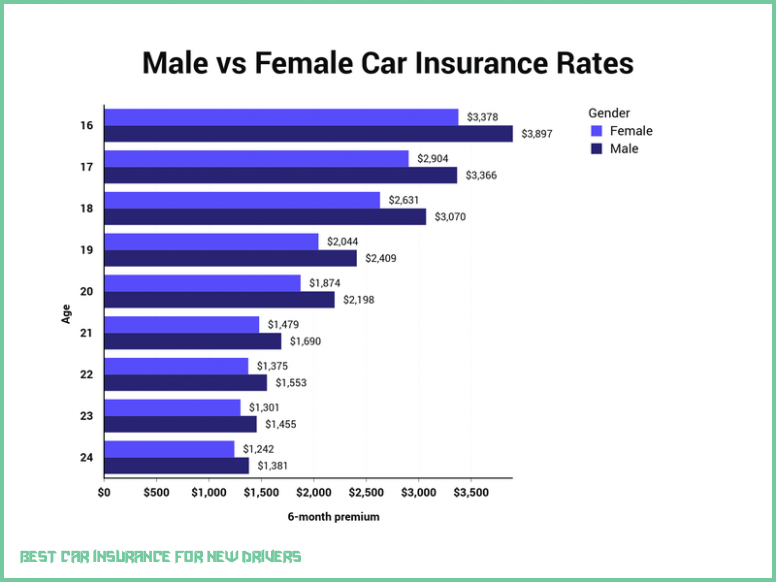 Whether your health insurance covers ATV and UTV accidents is dependent on whether your policy has a list of exclusions naming off-roading as an activity that is not covered. Some health insurance policies generally exclude "hazardous activities," in which case you should ask your representative if medical bills due to ATV accidents are covered.
Whether your health insurance covers ATV and UTV accidents is dependent on whether your policy has a list of exclusions naming off-roading as an activity that is not covered. Some health insurance policies generally exclude "hazardous activities," in which case you should ask your representative if medical bills due to ATV accidents are covered.
Each state has its own definition of all-terrain s (ATV) but the definitions are relatively similar. Most consider any motorized vehicle with two or more wheels meant for off-road driving to be an ATV. They are not intended, nor are they licensed, for use on highways or roads. The Polaris RZR, Kawasaki Brute Force and the Honda TRX250X are all slightly different from each other, but they are all ATVs. If your vehicle is a UTV, utility vehicle or side-by-side, it is likely considered an ATV when searching for insurance or determining state requirements.
Most people associate single-passenger, four-wheeled, off-road vehicles with ATVs.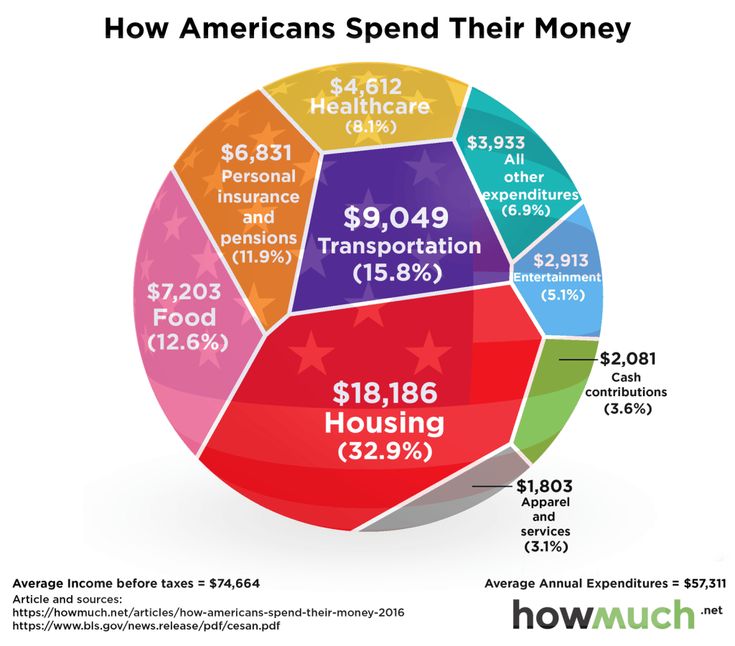 They are commonly referred to as four-wheelers, quad bikes, quads or quadricycles. However, there are many ATVs designed for two-passengers, and some have greater or fewer than four wheels. For example, the Polaris Ranger 6x6 has six wheels.
They are commonly referred to as four-wheelers, quad bikes, quads or quadricycles. However, there are many ATVs designed for two-passengers, and some have greater or fewer than four wheels. For example, the Polaris Ranger 6x6 has six wheels.
The popularity of ATVs has grown significantly over the past few years. ATVs are a great option for off-road trips and competitions, they are appreciated by hunters and fans of extreme riding. Many owners wonder if such a vehicle needs to be insured after purchase. This question is answered by the experts of the water-motor center "Sport Extreme".
Most often, ATVs are used for sports and entertainment. In our country, they are officially classified as self-propelled vehicles - those that are rarely used on public roads. By the way, snowmobiles, tractors and combines belong to the same category. And while there are no changes in the legislation of the Russian Federation on this matter, the owners of motorcycles decide for themselves the question of the need for insurance.
Every quad bike owner should remember: if he needs, even occasionally, to go to the city or to the highway on his "iron horse", he automatically becomes a road user. And here the law already operates: any vehicle is subject to compulsory insurance. Therefore, when deciding whether to insure or not, consider for the future what roads you plan to drive on.
On the one hand, an ATV is a vehicle, on the other hand, property. And you can insure it from a number of situations. When applying for a policy with an insurance company, the owner himself chooses from what situations he considers it necessary to protect his ATV: theft, damage (in an accident and not only, damage to equipment by third parties, natural disasters, including snow falling from the roof, etc.) .
If you are concerned about insured events both on the road and off it, make out CASCO, if only the first option is enough CMTPL.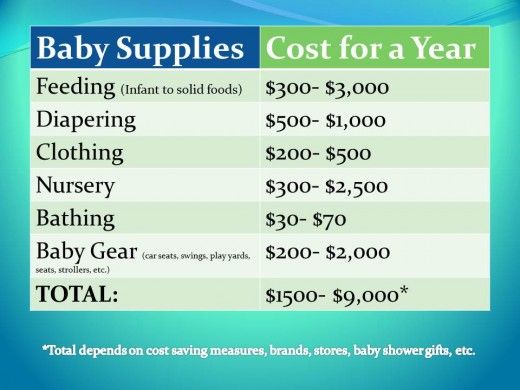
The procedure will require a minimum package of documents. During a personal visit to the insurance organization, you must have with you:
If you are the owner of the vehicle, but another person will drive it, then you will need a passport (or a copy) of this driver to enter it into the insurance. There may be another situation: if you are not the owner of the ATV, then take the owner's passport with you.
Some companies offer to issue a policy remotely. In this case, the employee who will communicate with you via the Internet, by phone or in instant messengers, may additionally ask you to send your clear photo.
ATV is often used irregularly, so it is far from always profitable to make a policy for a year.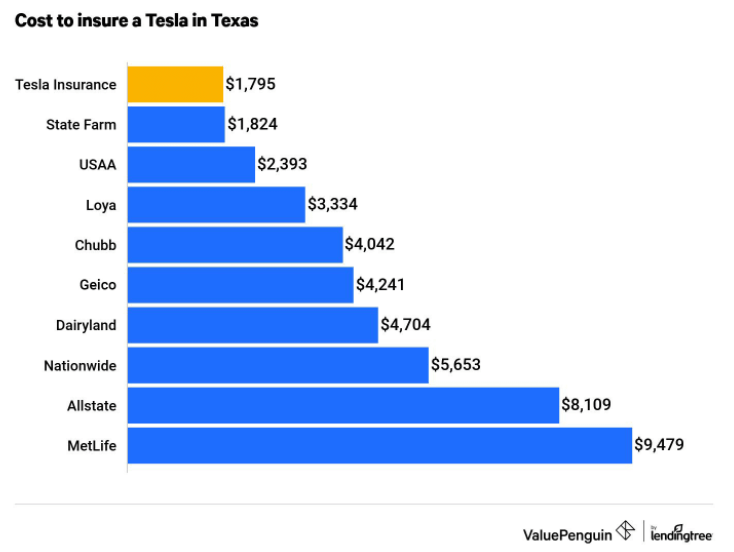 Select the periods during which you plan to use the transport. It doesn't have to be a whole summer or fall season. You may well choose specific months (for example, you expect to work hard in the office until July, spend July at the resort, and already in August and September ride an ATV with a breeze.
Select the periods during which you plan to use the transport. It doesn't have to be a whole summer or fall season. You may well choose specific months (for example, you expect to work hard in the office until July, spend July at the resort, and already in August and September ride an ATV with a breeze.
You can find this out on the websites of insurance companies (as a rule, there are online calculators there) or by calling the contact numbers of these organizations. The cost of the service is calculated individually for each client. But there are a number of factors that can influence the final figure in one direction or another:
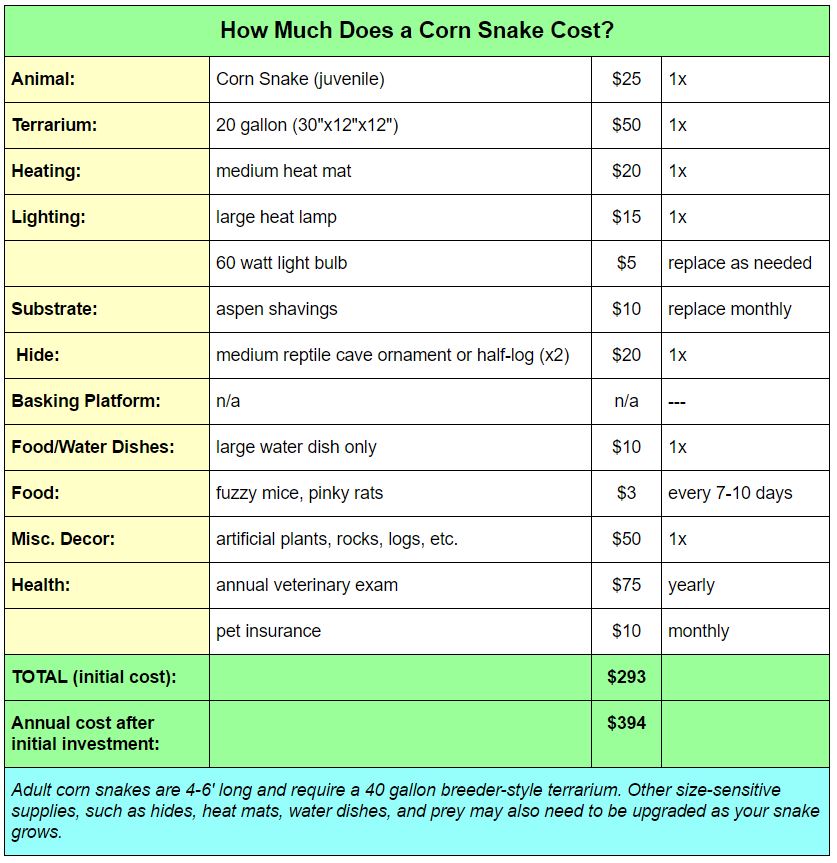
The model of the ATV also matters. The more expensive it is, the higher the insurance. For example, a CASCO policy will cost about 20% of the cost of the ATV itself.
Do not rush to contact the first company that comes across. Consider several options, call and discuss the conditions, ask questions. And then choose the most attractive, in your opinion, offer. Before signing, carefully study the contract, including information about what insurance covers and does not cover, about insurance premium payments.
The average cost of an MTPL policy for an ATV is several times lower than car insurance. At the same time, the risk of motorcycles getting into an accident is higher than that of conventional cars. This is definitely unprofitable for companies, but refusing a client means practically sending him to a competitor plus violating No. 40-FZ, Art. 1.
40-FZ, Art. 1.
Therefore, some insurers try to cheat, for example, offer additional paid products. They do not have the right to impose them, so before purchasing the recommended one, think about whether you really need it. It is your legal right to refuse additional services you do not need.
------------------------------------------------ -------------------------------------------------- ------
If you are just thinking about buying an ATV, take a look at the Sport-Extreme catalogue. Motor vehicles are presented here in a wide price range from leading domestic and foreign manufacturers:
On the website of the online store, you can order the delivery of motorcycles to any city in the Russian Federation.
The specialists of the powerboat center will help you choose
models suitable for your goals and expectations.
For a detailed consultation on availability, prices and features, just call +7 (4822) 65-65-03.
Recently, an ATV is in great demand, so the question of insurance for this vehicle is often asked by insurance experts. An unequivocal answer can be obtained by referring to the rules of the road. The law states that any vehicle involved in road traffic is subject to insurance.
According to the legislation of the Russian Federation, an ATV is a self-propelled machine, that is, a type of equipment that is rarely used on the road (combines and tractors also belong to this type of machine), but if an ATV is used to move along the roadway, that is, it participates in road traffic, registration of OSAGO on it is mandatory.
That is, even if the ATV is not used in city traffic or on the highway, but only moves outside the city, it still needs to be insured on the roads that other vehicles use.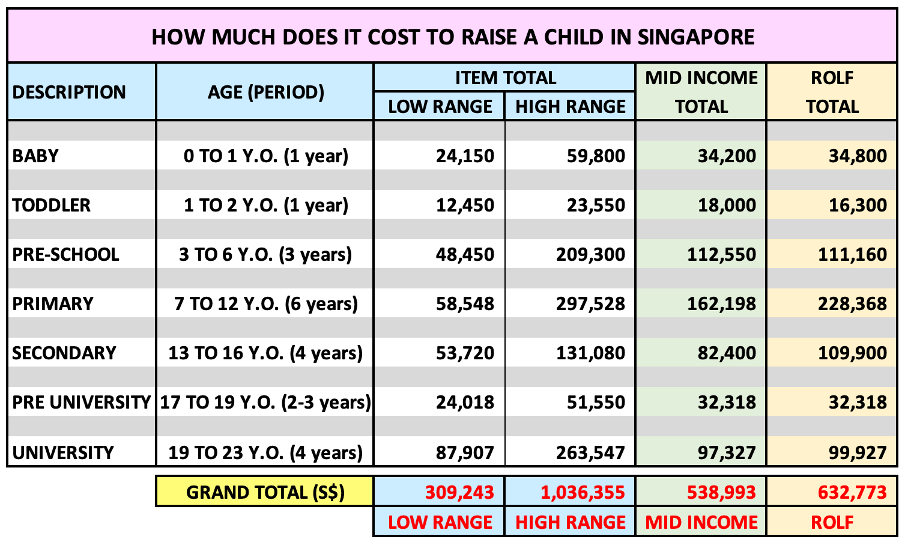 The fact is that even outside large settlements, this type of equipment can cause damage to another vehicle, which means that there should be an OSAGO policy for such cases.
The fact is that even outside large settlements, this type of equipment can cause damage to another vehicle, which means that there should be an OSAGO policy for such cases.
In other cases, when the ATV is used only for sports and recreation in a country house, insurance is not required.
According to reviews on various resources, drivers are increasingly faced with a situation where the company does not issue insurance for all-terrain vehicles. At the same time, referring to various reasons: lack of forms, unavailability of the PCA database, computer failure, lack of a license for motorcycle insurance. There is no legal basis for such refusals. Faced with a similar situation, it is worth requesting a written waiver. After receiving an official letter from the insurance company, you need to write a complaint, indicating in it the name of the company, full name and position of the employee and the address of the office. You can send a complaint to the following authorities: the Central Bank, the RSA, the Antimonopoly Service, Rospotrebnadzor.
Important: you can send a complaint to several instances at once. After all, the refusal of the insurance company to issue a policy does not give the right to use equipment without a policy and, if the vehicle is stopped by a traffic police officer, a serious fine will be issued.
So, if an ATV is used to move along the roadway, that is, it participates in road traffic, registration of OSAGO for it is mandatory.
Due to the fact that ATVs are not registered as often as we would like, they are more often registered not with the traffic police, but with the Gostekhnadzor, which is not able to detect stolen goods in the absence of databases and workers in the places of operation, the number of thefts of this equipment is growing. CASCO can help to insure against theft of not cheap equipment. But here, too, insurance companies do not treat ATVs with trepidation, trying to refuse. The reasons are clear: equipment is constantly tested for strength, it can be stolen for the above reasons. That is, the risks of the insured company are great, but they are in no hurry to refuse.
That is, the risks of the insured company are great, but they are in no hurry to refuse.
Attention: when insuring CASCO, you should carefully read all the papers: the amount of insurance payments, insured events and, of course, evidence of insured events and risks. You should read each point in order not to be left without equipment and without payments, or with a minimum compensation that will not even cover the cost of paying for insurance.
Since 2003, all vehicles that travel on state highways must be insured. In 2018, the conditions have not changed. If you plan to drive your ATV on roads where other vehicles move, an insurance policy is required. Before issuing a compulsory insurance policy (OSAGO), some features should be considered:
- only those who plan to travel on state roads need to buy protection
- you need to pass a technical inspection before insurance
- you should buy OSAGO only for the months you use (winter or summer)
nuances in the preparation of relevant documents.